Blister Plasters
Blisters can be very annoying and get in the way of everyday activities, especially if they are on your toes or heels as they can stop you from getting around as easily and can make walking or running very painful.
Proper blister care such as a blister plaster is needed to appropriately protect the skin and prevent the blister from getting agitated or popping too early.
Popping blisters is a controversial topic in general, you might be advised to pop it but a lot of sources say you should never pop a blister.

This is because popping a blister disturbs the natural healing process so you're better off leaving the work to your body and avoiding the pain of popping a blister incorrectly.
Similarly, covering a blister or leaving it to 'breathe' are often debated but if it causes discomfort you will likely be advised to wear a blister plaster while the blister is present.
What are Blister Plasters used for?
Although it is quite obvious why you'd wear a blister plaster if you have one, here are some uses and benefits:
- To protect the skin from more damage
- They are good for cushioning the affected area of the skin
- To stop open blisters from getting infected
- Provide instant pain relief or comfort and accelerate the healing process
- To help break in new shoes
- A staple in any first aid kit
How long can I leave a blister plaster on for?
Generally, you should keep it on as long as possible which is usually when they start peeling off at the edges. This way, you can get the most out of each plaster.
The higher the quality, the longer they will last, for example, Compeed blister blasters last for several days and remain quite firm during this time.
How do I apply a blister plaster?
Please follow the directions in the image for information on how to apply a plaster.

- Depending on the plaster, start by removing the protective layer tab
- Then apply the plaster firmly to dry skin, ensuring blister area is fully covered
- Peel back the remaining tabs which are usually pulled in opposite directions, avoiding touching the adhesive side
- Secure the plaster and make sure it is stuck down properly
Most blister plasters have this design but you might find some that are easier to apply.
Here's a video from Compeed on how to apply their Blister Plasters
Blister Plasters

Compeed Blister Plasters have a great reputation when it comes to quality and blister care.
These plasters have a unique hydro-cure system so the plaster absorbs natural moisture from the skin and forms a cushion to relieve pain and friction around the blister.
Compeed blister plasters work like a second skin and they deliver instant pain relief while also relieving pressure from the blister.
They help to keep water, dirt and bacteria away from your blister and they are strong enough to stay on until the blister has healed.
These are very similar to the previous blister plasters except they are designed for use on your toes.
It can be tricky to apply blister plasters to toes, so these make it a lot easier to put on and they are more likely to stay on.
These toe blister plasters form a protective cushion and provide optimum healing conditions while keeping moisture out.
They provide thick cushioning for the blister and help to relieve pressure or pain which helps you heal faster.
Compeed toe blister plasters also have the added benefit of having a tapered edge that help to keep the plaster on for longer.
Physique Blister Plasters are made to be as convenient as possible and are quick and easy to apply.
They’re a hydrocolloid dressings that can either be applied to prevent blisters from forming or can be applied directly to existing blisters to promote healing.
They aim to help ease pain and pressure from rubbing and repel dirt, water and bacteria by providing a protective layer on the skin.
They have a skin form fitting waterproof and breathable design with a highly adhesive backing to protect the blister from dirt and germs to help prevent infection, whilst the hydrocolloid dressing encourages a moist environment to prevent blister formation and soothe pain.
2Toms Blister Dressing Squares
2Toms blister dressing squares have an advanced formula of hydrogel, mesh support and vitamin E.
They offer superior flexibility due to their design and have advanced protection for blister and trouble areas of the skin. Although they are not suitable for blisters which have a torn roof or are deroofed, as they are not sterile, the Skin-on-Skin dressings can provide much needed relief for newly formed blisters.
Skin-on-Skin is so carefully designed and manufactured that it feels just like skin while providing relief for your chafing, blisters, and other skin irritations.
They are durable and a more comfortable option compared to regular blister plasters. To keep them in place, just apply some tearable tape or Hypafix on top. But do keep in mind to either keep the clear film on the back to create a barrier between the tape and dressing or change them often as they can dry out quickly if applied without the film.
As mentioned above, they have Vitamin E helps to keep the skin moisturised and less irritated while keeping unwanted moisture out.
2Toms Blister Dressing Circles
These are similar to the previous blister plasters except of course in circular form. Round blister plasters are good for larger blisters or blisters on your arms, legs, thighs, etc.
These plasters provide thick cushioning and friction reduction while reducing sweating and rubbing. As with the squares, ensure you are not using them on blisters with torn roofs or ones which are deroofed.
With added vitamin E, they hydrate and soften the skin, bringing instant relief to athletes, outdoor enthusiasts or anyone with skin irritation. These are a great addition to any first aid kit.
Like the other 2Toms blister dressing squares, the dressing circles offer superior comfort, cushioning and protection. Just make sure to fix them to the skin with tape or Hypafix.
Leukoplast Cuticell Contact is a gentle silicone wound contact layer for pain-free dressing changes. Although they can be used on lacerations, cuts and abrasions, they can also be used on blisters and burns.
Once applied, Leukoplast Cuticel Contact can remain in place for up to 14 days, protecting the wound.
They allow the blister to breathe a bit more than other plasters and fluid can easily pass through the perforations.
This is to allow wounds like cuts to have fluids absorbed by a secondary dressing but it can also help with sweating and comfort.
Blister Prevention
Although these aren't technically blister plasters, they can be used for blister prevention.
They are individual foam pads that you can apply to the heel or any other part of the skin that has an irritation or is blister-prone.
Unlike blister plasters, they don't stick with adhesive which makes them less of a long-term solution. You can however apply some lubricating ointment (e.g Vaseline) to the skin to help them to stay in place and then tape over them to secure them for longer wear.
They are usually applied before taping for sports when doing ankle taping, this helps to protect the skin from friction and irritation.
Heel pain is sometimes caused by this type of skin irritation and can affect performance so it's a good idea to use a Heel Pad before taping.
Hypafix dressing works similarly to the heel pads we just discussed except as the name suggests, this is a dressing for skin protection and not a pad.
It is applied for the same reasons though and is usually applied before taping or strapping for sports as well or can be used to fix dressings or pads to the skin.
Hypafix is a skin-friendly, non-woven tape used for wide-area dressing fixation.
The tape transversely stretches, it is highly conformable and easy to apply, even on difficult joint areas. It is easily cut to shape to suit patients' treatment requirements.
Sources and References
Elastoplast - Should I pop a blister
Treatment of a heel blister - Reed, S., 2001. Treatment of a heel blister caused by pressure and friction. British Journal of Nursing, 10(1), pp.10-19.







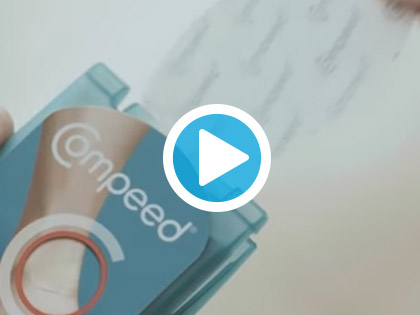


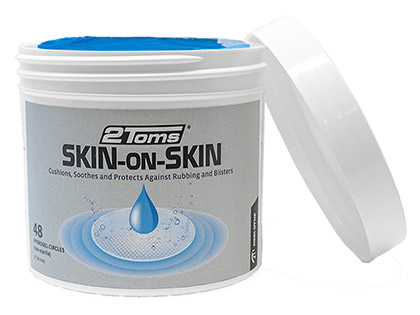

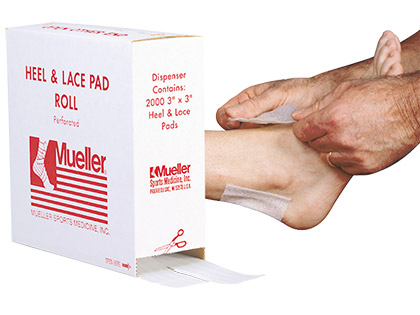




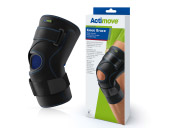














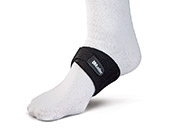













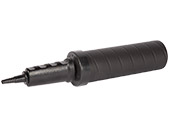








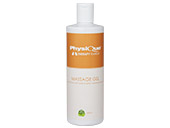


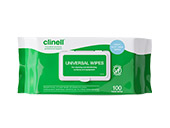


Did you find this article useful?
Why not share this with a colleague, patient or friend?